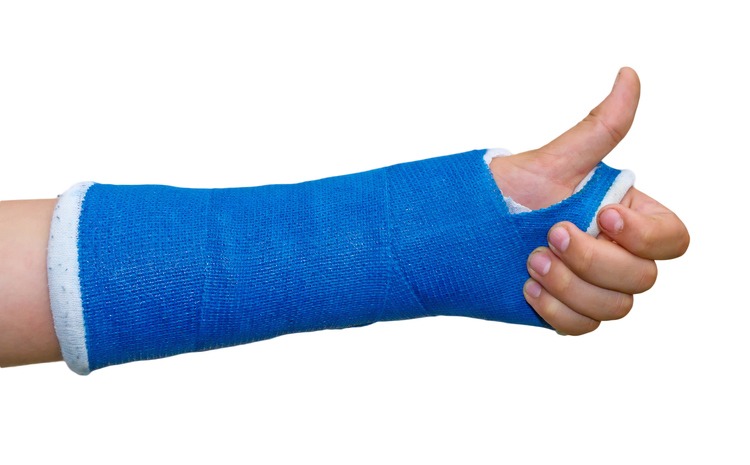Spider silk, a natural thread created by arachnids for various purposes, is known to be one of the toughest materials on Earth, and it is said that spider silk is five times stronger than steel by weight. Spiders produce silk in order to create a spider web, which serves as both their home and a trap for their prey. These naturally-made threads are sticky, and this stickiness disables the prey’s movement once they get stuck to it. In the modern era, there are several scientists or researchers that have proposed the idea of copying the genetic and utilitarian features of spider silk and apply it to medical tapes or adhesive, as they believe that it is sticky enough for it to cover wounds or gauzes, and it is strong enough to remain in its places for long periods of time. To know more how the researchers have come up with this interesting idea, let us get a closer look at the amazing origins of spider silk tape.
Origins of Spider Silk Tape
In 2019, a group of researchers and engineers at the Massachusetts Institute of Technology or MIT had revealed the results of their research involving the use of the adhesive properties of spider silk for double-sided tapes. The double-sided tape that they have developed is said to seal tissues quicker than any other medical adhesive tapes used in hospitals and clinics. In addition to serving as a better replacement for medical adhesives, the researchers hope that the double-sided tape would eventually replace surgical sutures as a faster and easier way to seal wounds after an operation. Besides surgical sutures, surgeons would use tissue glue to bind two separated muscle or tissue together, but this material would often take several minutes before it can harden. By using the spider silk double-sided tape, the surgeon wouldn’t rely anymore on the unreliable tissue glue.
The inspiration behind the newly-developed double-sided tape, as readers will probably be already aware of, is the spider silk. One of the writers of the research paper and a graduate research assistant in mechanical engineering, Hyunwoo Yuk, said that spiders would catch their prey using a sticky substance that they put in their spider web. This substance contains adhesive polymers that allow it to stick to any surface, and it also has hydroscopic polymers that absorb moisture or liquids to make the surface dry. The level of the substance’s stickiness would usually remain the same even if it turns wet due to rain, and because of this feature, the researchers of MIT sought to find ways to replicate the sticky substance found in spider silk and use it for medical adhesives.
Whenever a surgeon opens up the skin to perform surgery on muscles and tissues, he or she would often find the body parts that will be worked on are filled with moisture. Because of the moisture in the tissue and muscles, it is typically difficult for adhesives to stick to the surface, mainly due to the fact that the sticky substance of the adhesive is not strong enough to bond to the tissues. By applying the properties of spider silk on medical adhesives, the bonding or sticking strength of the adhesives would be greatly improved since spider silk would remain sticky even on wet surfaces.
To replicate the sticky and resilient properties of spider silk on the double-sided tape, the engineers and researchers at MIT used polyacrylic acid, which acts like the hydroscopic polymers of spider silk that can absorb moisture. Along with the polyacrylic acid, the tape also contains a group of chemicals called N-Hydroxysuccinimide (NHS) esters that allows the material to bond faster and stick stronger on the skin or tissue. According to the research paper, the biomimetic double-sided medical tape can absorb moisture and stick to the surface in just five seconds. The MIT engineers have also offered various ingredient options for the double-sided tape, as the variety will allow surgeons to apply the material on different parts of the body.
While the research for the double-sided tape has concluded, there are still dozens of tests that are needed to be performed before it can be made available to the public. The tape was recently tested on pig tissue, particularly the tissues found in the trachea, the skin, the small intestine, the lungs, the liver, and the stomach. In the test, the double-sided tape was proven to be effective in sealing open wounds, especially for the moisture-heavy regions of the pig’s body. In addition, the tape as also utilized to seal polyurethane patches that are placed on the hearts of living rats. Although there is no guarantee that the double-side tape would be released to the public, the researcher at MIT ensures that their research will not go to waste, as they will try their best to improve upon the features of their invention.
